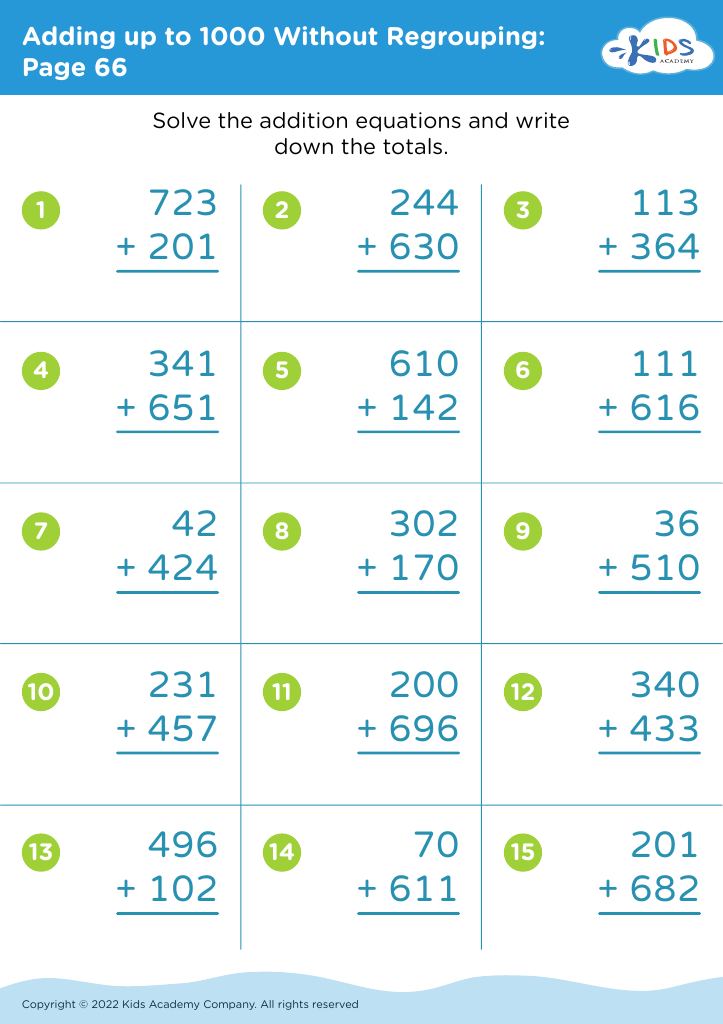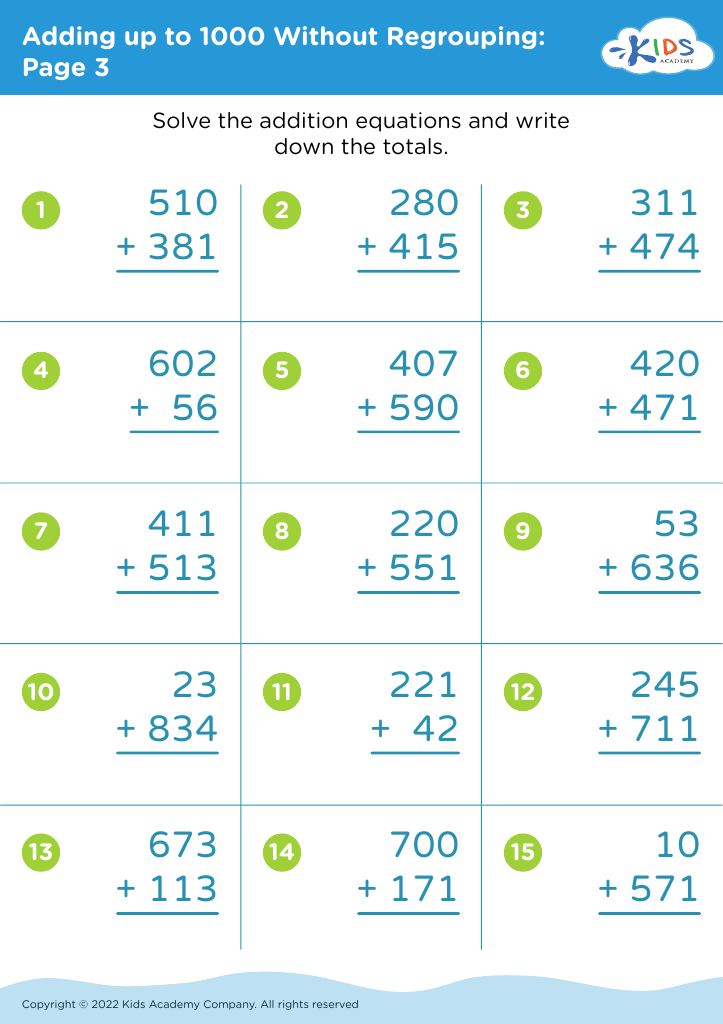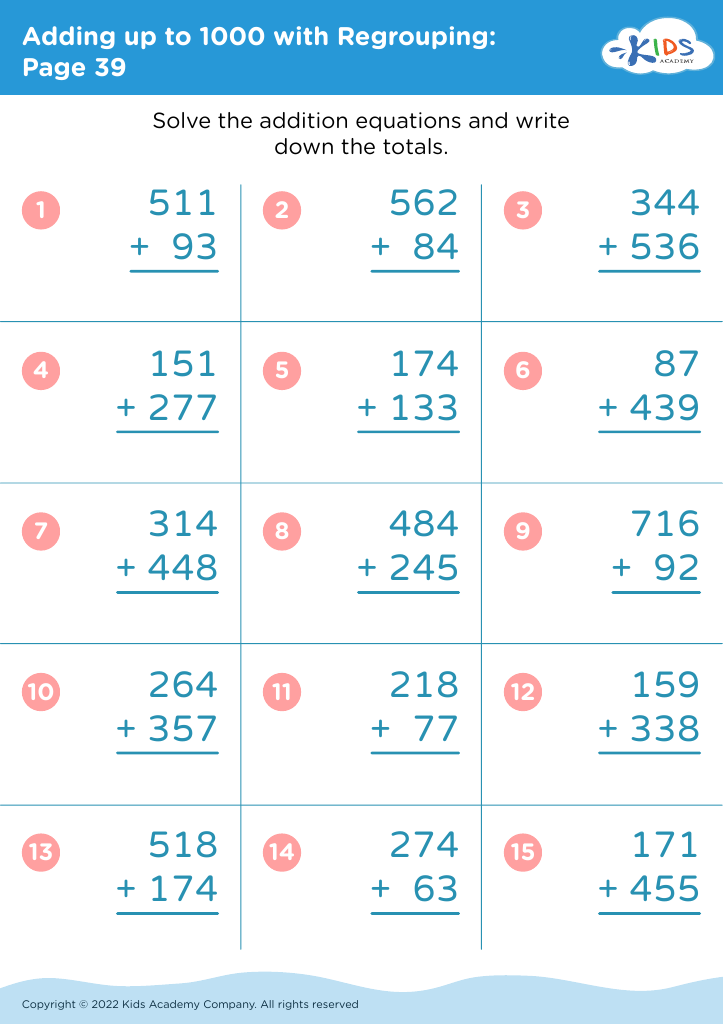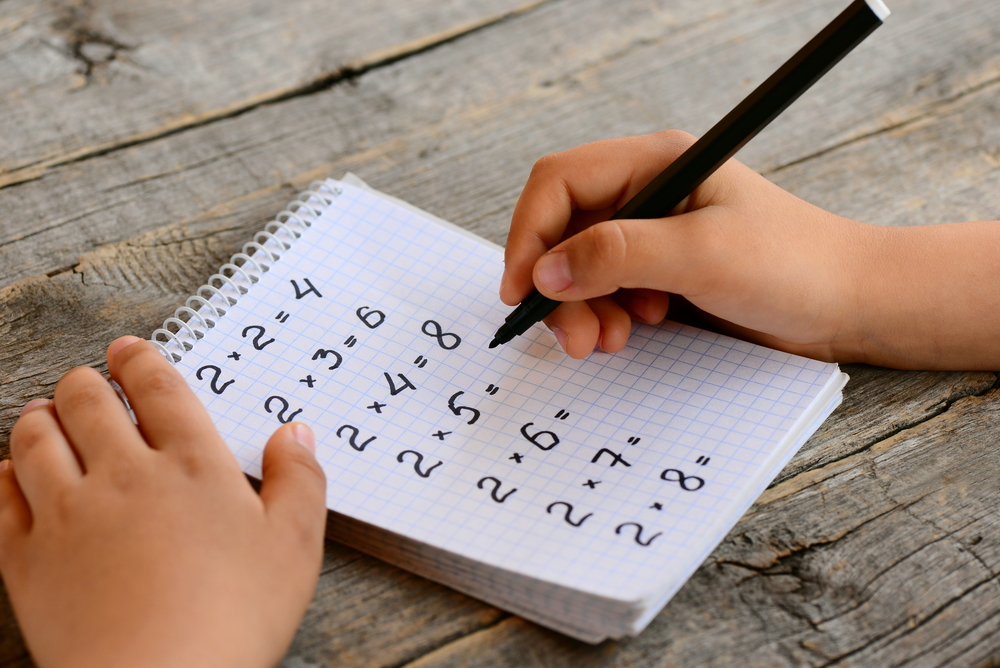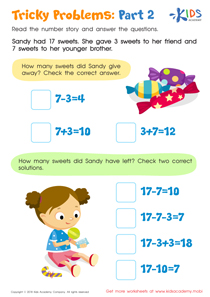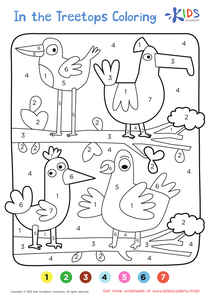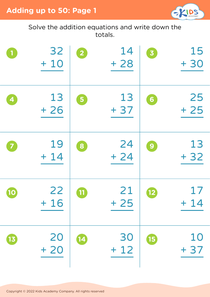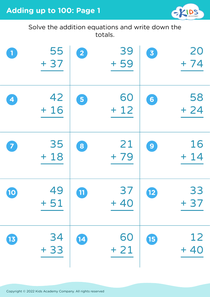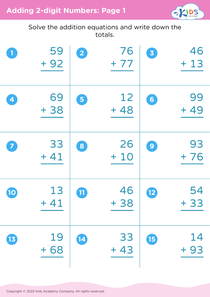Understand patterns Grade 2 Adding up to 1000 Worksheets
3 filtered results
-
From - To
Enhance your second grader’s math skills with our "Understand Patterns Grade 2 Adding up to 1000 Worksheets." These engaging and interactive worksheets are designed to help students recognize and establish mathematical patterns when working with addition facts up to 1000. By practicing with vibrant visuals and thoughtful exercises, children can improve their understanding of number relationships and strategies, reinforcing their ability to solve addition problems confidently. Perfect for classroom use or homework, our worksheets encourage critical thinking and foster a solid mathematical foundation. Download today and watch your child’s mastery of patterns soar while making math fun!
Understanding patterns in Grade 2 math, particularly when adding to 1000, is fundamental for children's cognitive and mathematical development.
First, recognizing patterns helps students grasp the concept of place value and the base-10 system, which are crucial for more advanced mathematical operations in later grades. By exploring how numbers work together to form 1000, children engage deeper with additive reasoning and develop strategies for mental math.
Second, pattern recognition fosters critical thinking skills. When students notice repetition and relationships in numbers, they build problem-solving capabilities that can be applied across subjects, including science and literacy.
Third, integrating patterns into everyday learning promotes engagement and enthusiasm. Hands-on activities and games centered around totaling 1000 can create a fun and interactive learning environment. This positive experience can encourage a lifelong love for mathematics.
Finally, parents and teachers who emphasize these concepts support straightforward, effective communication skills for students. Those who articulate their understanding and reasoning around patterns in addition enhance their ability to explain answers, setting strong foundations for collaborative learning. In sum, by valuing pattern recognition in early math, parents and teachers lay the groundwork for students’ confidence and success in mathematics.
